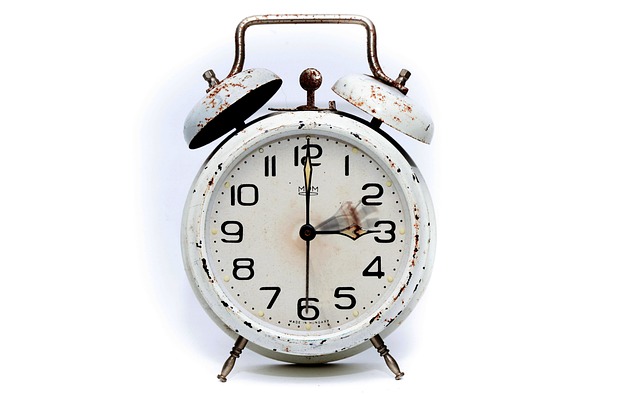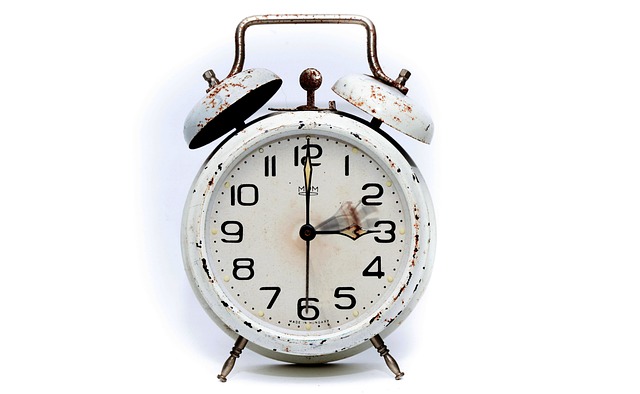Endurance training pushes the body to its limits, demanding a meticulous balance between intensity and recovery. When an athlete pushes hard, the tissues and nervous system experience micro‑damage and metabolic stress. Without adequate downtime, these adaptations stall or reverse. That’s where regeneration time becomes a cornerstone of effective training plans, especially for long‑distance runners, cyclists, triathletes, and cross‑disciplinary endurance athletes. By strategically mapping rest into a training cycle, you create a framework that allows the body to rebuild stronger, improving performance, reducing injury risk, and sustaining motivation.
Understanding the Science of Recovery
Recovery is not a passive pause; it is an active, biochemical process that restores homeostasis. After each workout, the body ramps up protein synthesis, replenishes glycogen stores, rebalances electrolytes, and repairs damaged muscle fibers. The rate at which these processes occur determines the optimal length of regeneration time. Hormonal signals, such as growth hormone and insulin‑like growth factor, surge during sleep and low‑intensity periods, further accelerating tissue repair.
- Protein synthesis: Peaks within 12–24 hours post‑exercise.
- Glycogen recovery: Approximately 70% restored in the first 24 hours, 90–100% by 48 hours.
- Neuromuscular recovery: Dependent on central fatigue; high‑intensity sessions may require longer rest.
Key Factors Influencing Regeneration Time
While all endurance training benefits from adequate downtime, several variables shape how long that downtime should be:
- Training intensity and volume: High‑volume weeks or back‑to‑back hard sessions lengthen recovery needs.
- Individual adaptation: Younger athletes or those with superior conditioning often recover faster.
- Nutrition and hydration: Adequate protein, carbs, and electrolytes accelerate regeneration.
- Sleep quality: Deep sleep stages are critical for hormonal balance and muscle repair.
- Age and recovery capacity: Older athletes may need longer regeneration windows.
Intensity Matters More Than Frequency
Many endurance programs focus on running or cycling a certain number of miles per week, but intensity can be a more powerful determinant of recovery needs. For instance, a 10‑km easy run and a 10‑km tempo run require vastly different regeneration times. The latter induces greater metabolic stress, increasing the necessity for a longer rest period or active recovery to maintain performance gains.
Designing a Practical Recovery Schedule
Developing a recovery schedule is an iterative process that aligns with periodization principles. Below is a template for a typical 4‑week macrocycle that balances intensity, volume, and regeneration time.
- Week 1 (Base): Low intensity, high volume. Rest days: 2, with active recovery (light swimming or walking) on the other days.
- Week 2 (Build): Add interval sessions. After a hard interval day, schedule 48–72 hours of light activity before the next hard session.
- Week 3 (Peak): Highest intensity, moderate volume. Allow at least 72 hours after the most demanding session.
- Week 4 (Taper): Reduce volume but maintain intensity for race readiness. Incorporate ample regeneration time before the event.
Active vs. Passive Recovery
Both approaches have distinct benefits. Passive recovery (complete rest) lets the body focus entirely on repair, whereas active recovery (low‑intensity movement) promotes blood flow, facilitates the removal of metabolic waste, and helps maintain muscle elasticity. The choice depends on the athlete’s current fatigue level and upcoming demands.
Nutrition: The Fuel for Regeneration
Nutrition is the unsung hero of recovery. Timing, macro‑balance, and micronutrient adequacy can dramatically shorten regeneration time.
- Protein: 1.2–1.7 g per kilogram of body weight within 30–60 minutes post‑workout aids muscle repair.
- Carbohydrates: Replenish glycogen stores; a ratio of 3–5 g per kg during the first 2 hours post‑exercise is effective.
- Omega‑3 fatty acids: Reduce inflammation and may improve recovery rates.
- Hydration: Even mild dehydration can prolong regeneration time. Aim for 1.5–2 liters per day, adjusting for sweat loss.
Recovery Supplements Worth Considering
While a balanced diet is paramount, certain supplements can support regeneration time. Creatine monohydrate, beta‑alanine, and branched‑chain amino acids have evidence backing their role in muscular recovery. Always consult a qualified sports nutritionist before adding any new supplement.
The Role of Sleep in Regeneration
Sleep is the single most influential factor in recovery. Deep sleep stages stimulate the release of growth hormone, essential for muscle repair and tissue regeneration. Studies show that athletes who maintain 7–9 hours of quality sleep per night often recover faster and perform better. Sleep hygiene practices—consistent bedtime, a cool room, limiting screen exposure—can significantly shorten regeneration time.
Monitoring Recovery Status
Quantifying regeneration time is challenging, but several tools can provide insight:
- Heart Rate Variability (HRV): Low HRV indicates insufficient recovery.
- Subjective fatigue scales: Simple rating systems help gauge readiness.
- Performance markers: Consistent improvements in time trials suggest recovery is on track.
Adapting Regeneration Time for Different Athlete Profiles
Every athlete is unique. Age, training history, genetics, and lifestyle all influence how quickly the body can regenerate. Here’s how to personalize recovery strategies:
- Novice athletes: Prioritize longer regeneration time, especially after the first few high‑volume weeks.
- Seasoned endurance athletes: May tolerate shorter recovery windows but should still monitor HRV to avoid overtraining.
- Older athletes: Incorporate additional rest days and focus on mobility work to reduce injury risk.
Incorporating Recovery into Daily Life
Recovery isn’t confined to the gym or track. Lifestyle choices such as stress management, proper posture, and ergonomic work environments contribute to efficient regeneration. Even simple practices—stretching before bed, engaging in mindfulness or meditation, and ensuring adequate protein intake at every meal—can cumulatively reduce regeneration time and enhance overall performance.
Common Myths About Regeneration Time
There are several misconceptions that can derail an athlete’s progress. Dispel them to better manage recovery:
- “More rest is always better.” Excessive rest can lead to detraining and loss of aerobic capacity.
- “Recovery is only about sleeping.” While sleep is vital, nutrition, hydration, and active recovery also play crucial roles.
- “I can push through fatigue.” Ignoring signs of overtraining often results in longer regeneration time and injury.
When to Adjust Regeneration Time
Adjusting recovery windows should be data‑driven. If you notice persistent fatigue, declining performance, or increased injury frequency, it may be time to extend regeneration time. Conversely, if you’re consistently ahead of your schedule, you might safely shorten the downtime, but proceed cautiously to avoid compromising adaptation.
Practical Takeaways for Endurance Athletes
Summarizing the key points helps integrate them into a training routine:
- Prioritize high‑quality sleep: 7–9 hours per night.
- Follow the 1–2–3 rule: after a high‑intensity session, allow 24, 48, or 72 hours of rest before repeating that intensity.
- Use active recovery to keep blood flow and muscle elasticity.
- Nutrition: protein and carbs within the first hour, maintain hydration, and consider anti‑inflammatory foods.
- Monitor recovery with HRV and subjective scales.
- Adjust recovery time based on performance feedback and personal fatigue levels.
Final Thought
Optimizing regeneration time is a dynamic process that requires attention to training load, biological signals, and lifestyle factors. By treating recovery as an active, integral component of endurance training, athletes can unlock consistent performance gains, reduce injury risk, and enjoy a more sustainable athletic journey. Remember, the best training plan is one that not only pushes you forward but also gives you the time and resources to recover efficiently.




